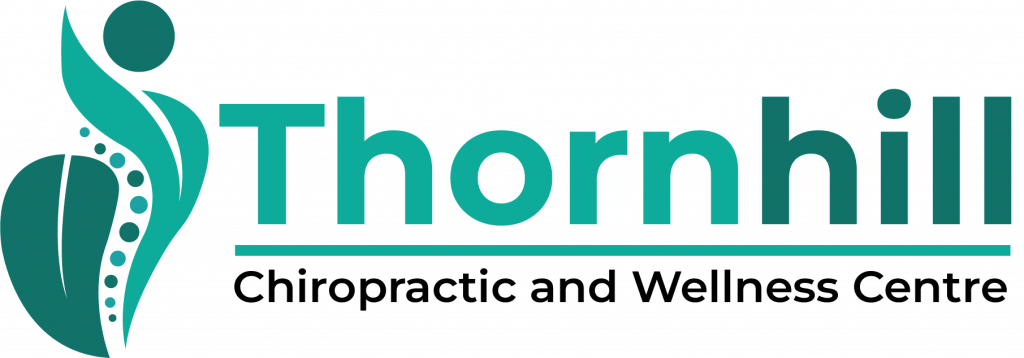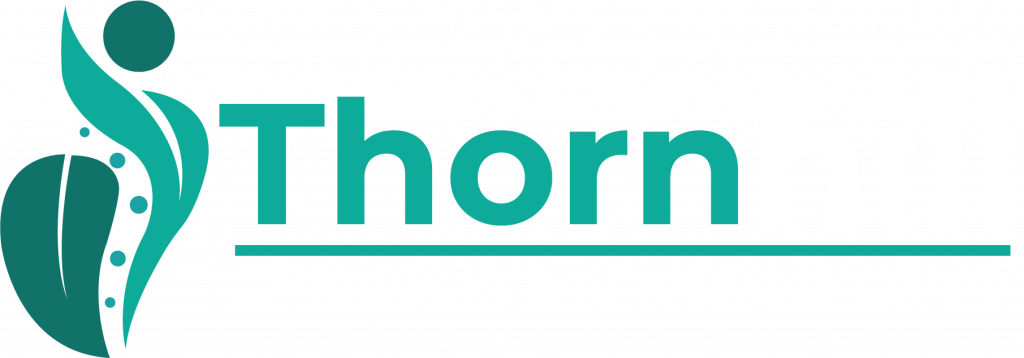In the realm of holistic health, chiropractic care and massage therapy stand out as two powerful modalities that complement each other beautifully. By combining these practices, individuals can harness a comprehensive approach to wellness that addresses the body’s structure and its soft tissues alike. This article explores how integrating chiropractic adjustments with massage therapy can lead to enhanced health benefits and a more profound sense of well-being.
The Synergy Between Chiropractic Care and Massage Therapy
Chiropractic care primarily focuses on the alignment of the spine and the overall health of the neuromusculoskeletal system. It involves manipulation (hands-on adjustments), that help correct misalignments of the spinal and axial skeleton to restore joint ranges of motion, promoting joint mobility, and optimum nerve function. In contrast, massage therapy concentrates on muscles, tendons, and ligaments to relieve tension, improve circulation, and enhance tissue healing. When combined, these two therapies work synergistically to optimize the body’s natural healing abilities and improve functionality.
A More in Depth Look at Techniques
Chiropractic care utilizes a variety of adjustment techniques, each suited to address specific issues. For instance, spinal manipulation, also known as manual manipulation or adjustment, is the most common technique used for releasing joint fixations and aligning the spine. This involves a quick, gentle force applied to spinal joints to improve the range of motion and reduce nerve irritability. Chiropractic care can help correct postural distortions, improve nervous system function and reduce tension in the spinal joints and weight bearing joints. Pain is reduced by affecting the mechanoreceptors along the joint surfaces and tissues. Another technique, the flexion-distraction, involves a special table that gently stretches the spine, which can help treat the side effects of disc herniations or spinal stenosis. Other modalities may be used to help with soft tissue healing from sports injuries or other forms of tendonitis, acute or chronic. These may include Shockwave Therapy, Microcurrent Stimulation or G-Pulse Laser.
In massage therapy, techniques vary depending on the treatment goals. Swedish massage is popular for general relaxation and improved circulation, using long strokes, kneading, and circular movements. Deep tissue massage targets deeper layers of muscle and connective tissue, making it ideal for chronically tight or painful muscles, repetitive strain, postural problems, or recovery from injury. Sports massage is designed specifically for people involved in physical activity, focusing on areas of the body that are overused and stressed from repetitive and often aggressive movements.
Benefits of Combining the Two Therapies
Integrating chiropractic care with massage therapy brings several noteworthy benefits:
- Enhanced Mobility: Chiropractic adjustments can increase joint mobility, while massage eases muscle tension, resulting in smoother movement and increased range of motion.
- Pain Reduction: This combination can be particularly effective in alleviating pain, with chiropractic care addressing structural issues that cause discomfort, and massage helping to soothe and relax the muscles.
- Speedier Recovery from Injuries: For those recovering from injuries, this integrated approach can accelerate healing by reducing nerve irritation by improving the alignment of the musculoskeletal system, and enhancing blood flow to the injured areas through massage.
- Stress Relief: Both chiropractic care and massage therapy are known for their ability to reduce stress and anxiety, promoting relaxation and improving mental health.
Preventive Massage Therapy Benefits
Regular chiropractic adjustments combined with massage therapy can significantly contribute to maintaining spinal health, improving physical condition, and preventing potential musculoskeletal problems. Chiropractic care ensures that the spine remains in alignment and without nerve interference thereby preventing the various aches and pains that can result from misalignments and joint degeneration. Meanwhile, massage therapy enhances muscle relaxation and tissue health, which can prevent muscle strains and spasms. Together, these therapies not only address existing health issues but also serve as preventive measures by keeping the body more resilient against the physical stresses of daily life, thereby promoting well-being.
Common Conditions Addressed by Both Modalities
There are several common conditions that can benefit significantly from a combined approach of chiropractic care and massage therapy:
- Back Pain: Often related to both muscular tension and spinal misalignment, back pain can be effectively managed by addressing these root causes simultaneously.
- Neck Pain: Similar to back pain, neck issues often stem from both stiff muscles and joint restrictions, making the dual approach highly beneficial.
- Headaches: Many types of headaches are linked to muscle tension and spinal misalignment, especially in the neck and upper back.
- Stress-Related Issues: Both therapies can mitigate the physical manifestations of stress, such as tension headaches, muscle tightness, and general discomfort.
What to Expect in a Combined Treatment Plan
A combined treatment plan typically starts with an assessment from both a chiropractor and a massage therapist. Based on individual needs, a plan is crafted that may alternate between chiropractic adjustments and massage sessions. The frequency and sequence of treatments will depend on the specific conditions being addressed, with adjustments often paving the way for more effective massages, and vice versa.
Lifestyle and Wellness Advice
Integrating lifestyle changes can significantly enhance the effectiveness of chiropractic and massage therapies. Patients are often advised to adopt healthier habits that support their treatment goals. This may include ergonomic improvements at work to prevent posture-related issues, regular physical activities like walking or yoga to improve strength and flexibility, and relaxation techniques and coping mechanisms to manage stress. Diet also plays a crucial role, where anti-inflammatory foods can help reduce muscle and joint inflammation, complementing the benefits of massage therapy.
Finding the Right Practitioners
Selecting the right health professionals is key to receiving effective and comprehensive treatment. At our clinic, we pride ourselves on hosting a team of licensed chiropractors and certified massage therapists who specialize in integrated care. Our practitioners are not only skilled in their respective fields but also have extensive experience in combining these therapies to enhance your health and wellness.
We encourage you to visit our Team Page to learn more about our qualified professionals and their unique expertise. If you’re ready to start your journey towards optimal wellness, consider booking a consultation. Our straightforward Booking Page makes it easy to schedule an appointment at a time that works best for you.
FAQ Section
Q: Can I receive massage therapy and chiropractic care in the same session?
- A: Yes, combining these treatments in one session is common. Typically, massage therapy is performed first to relax the muscles and make the body more receptive to chiropractic adjustments, enhancing the effectiveness of the treatment.
Q: How often should I receive combined treatments?
- A: Treatment frequency varies depending on individual health needs and goals. Some may benefit from weekly sessions, while others might need them bi-weekly or monthly. It’s best to consult with your practitioners to develop a plan tailored to your specific requirements.
Q: Are there any risks with combining these therapies?
- A: When administered by qualified professionals, the risks are minimal. However, it is crucial to provide both your chiropractor and massage therapist with a full health history to ensure treatments are applied safely and effectively.
Conclusion
Combining chiropractic care with massage therapy offers a holistic approach to health that can significantly enhance physical wellness and overall life quality. This integrated strategy not only addresses specific physical ailments but also promotes a better general state of health that supports daily living. For those seeking a comprehensive approach to health, exploring the combination of these therapies could be an excellent step towards achieving lasting wellness.


